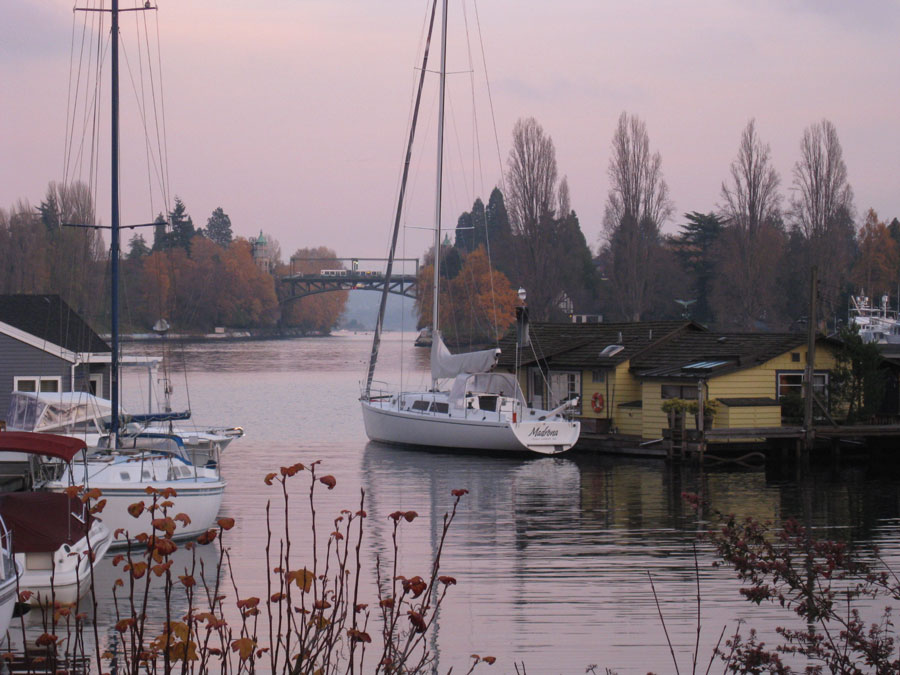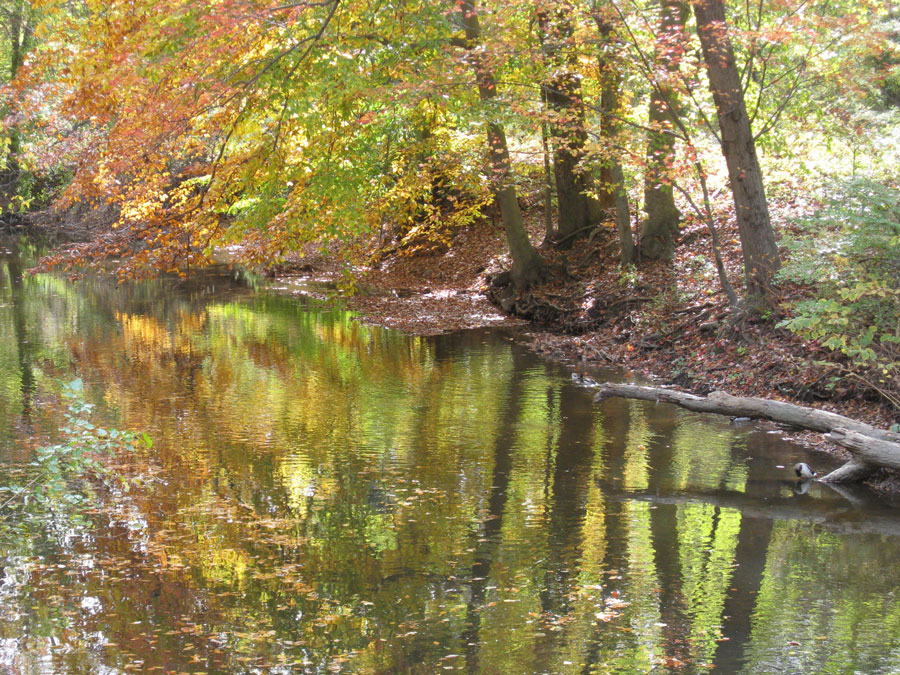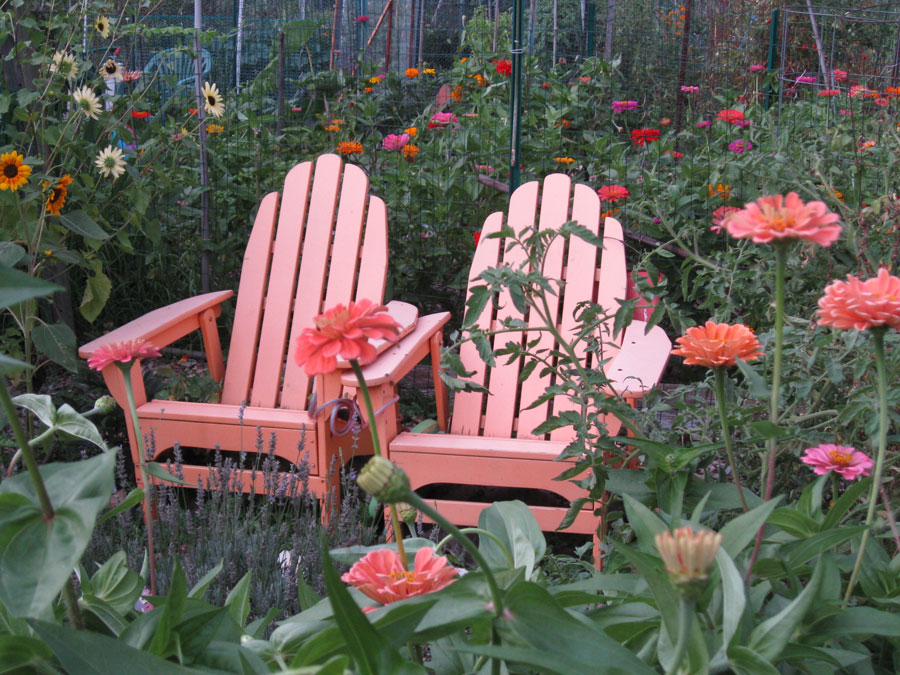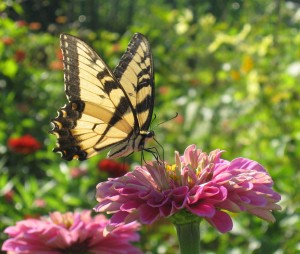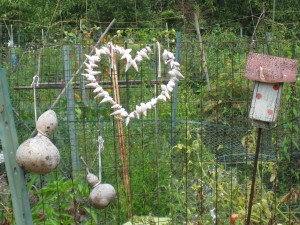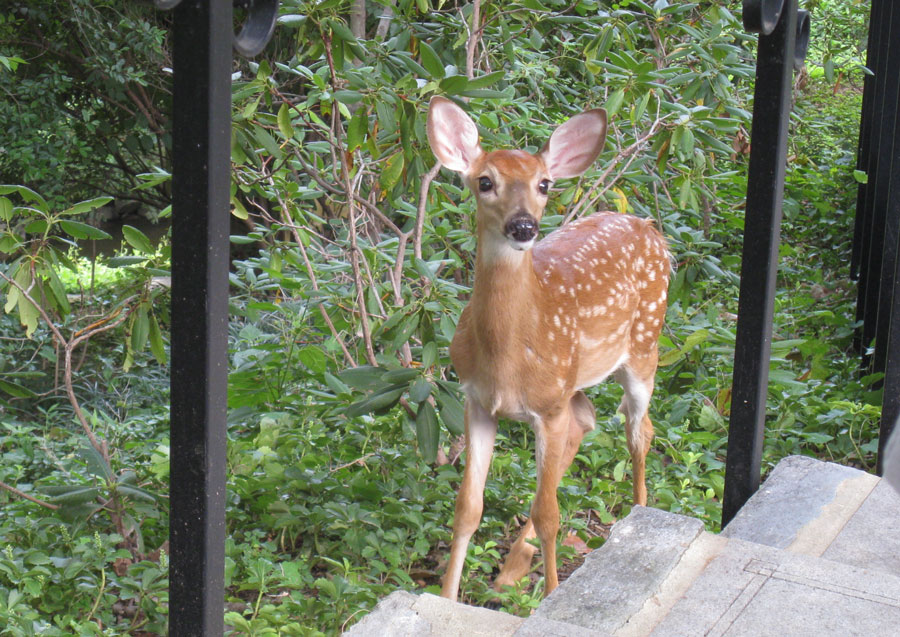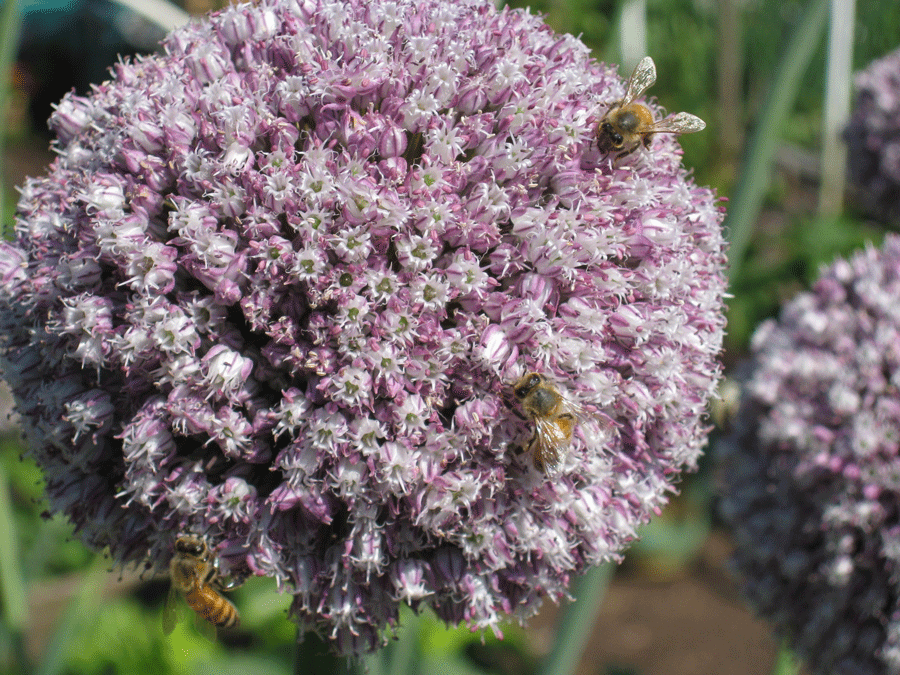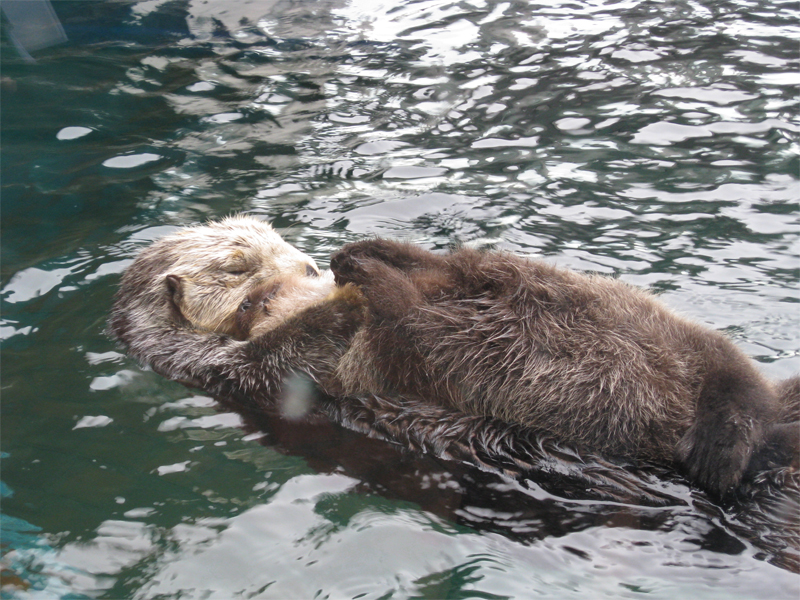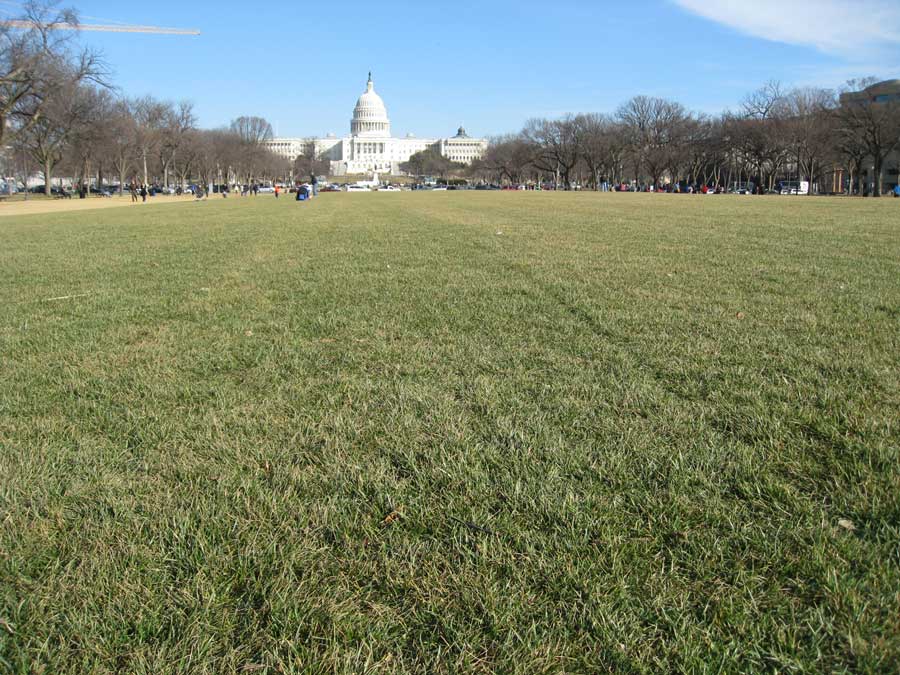
It’s hard to sell the concept of global warming to folks digging out from a couple feet of snow.
However, the winter storm which silenced much of the Northeast barely frosted the windows here in D.C., where we’ve been enjoying a snow-globe kind of winter. Every couple of days a few flakes shake down from the clouds, but it never amounts to much. Kind of like our national approach to dealing with global warming.
This coming Sunday, February 17th, thousands of people concerned about global warming are expected to mass on the National Mall to bring attention to the rapidly changing weather patterns on planet Earth.
Naturally, in a country such as ours, where dissent is considered a birthright, there will likely be a contingent of outspoken global warming deniers, who insist that a couple of degrees here or there aren’t worth getting all worked up about, and certainly not reason to trade in our SUV’s for more modest vehicles.
Not being an expert myself, I can’t claim to understand the Big Picture. But I do think the key word here is “global.”
While it’s easy enough to read the mercury rising in a thermometer in your own backyard, it’s far more difficult to appreciate how the rise of one degree at the North Pole can lead to oceans swallowing coastal towns and island nations.
Yet this is what the data tells us. This is what all the computer simulations predict. This isn’t just one or two crackpot doom scenarios, or some completely random Mayan prediction of world-ending chaos. This is quiet, steady science—the same kind that brought you laser surgery, high definition television and the Internet. You believe in those, right? At least the first two anyway.
The problem is that for most humans that global perspective is tough to maintain. One minute you can see it—how we are all just tiny specks in a vast soup of cosmic possibilities; the next minute you’re hungry and the only bowl of soup you’re interested in is minestrone.
So, much as I’d like to think that Sunday’s demonstration will have lasting impact on policy makers, I’m doubtful of our nation’s ability to make the hard big decisions, and less than optimistic about the will of people like me when it comes to making those hundreds of small decisions every day that add up to climate change: whether to drive or walk, to recycle or throw in the garbage, to turn up the heat or put on another sweater, etc.
In the long run it may already be too late for us to reverse the course of the planet’s mood swing. The fact that most of us won’t live to see the way this all turns out makes it all too easy to ignore.
This past Sunday I went down to the National Mall, where the mild weather had brought out the kickball teams, the Frisbee tossers, and a smattering of happy tourists enjoying the sunshine and the wide open spaces. On such a day it’s easy to forget about polar bears running out of ice, and the tiny atolls in the Pacific which will completely disappear in a matter of decades at the rate things are going.
Maybe the complacent deniers will win out, and we’ll continue to burn through this planet’s resources as if there were no tomorrow. But even if we won’t take responsibility for the planet for ourselves, shouldn’t we at least do it for our children?
It’s their world we’re gambling with.
